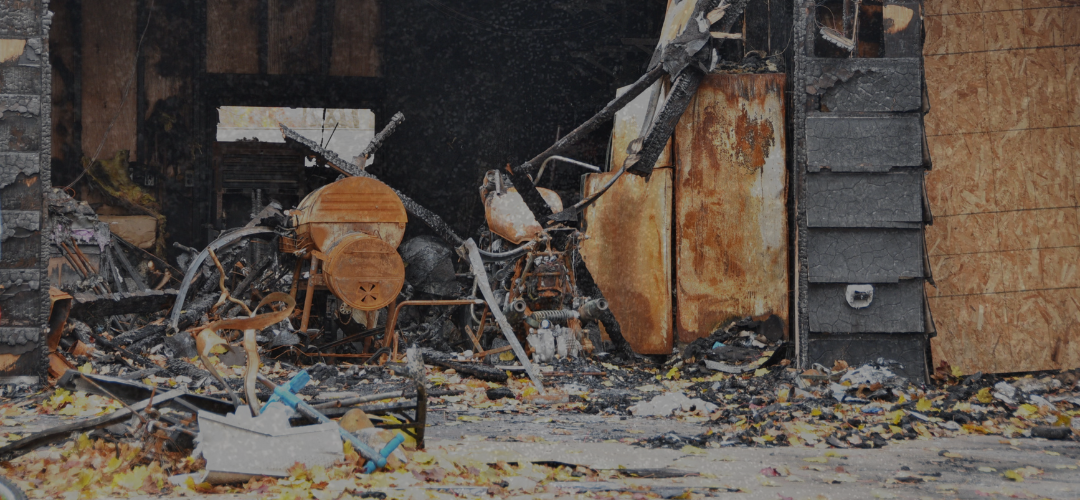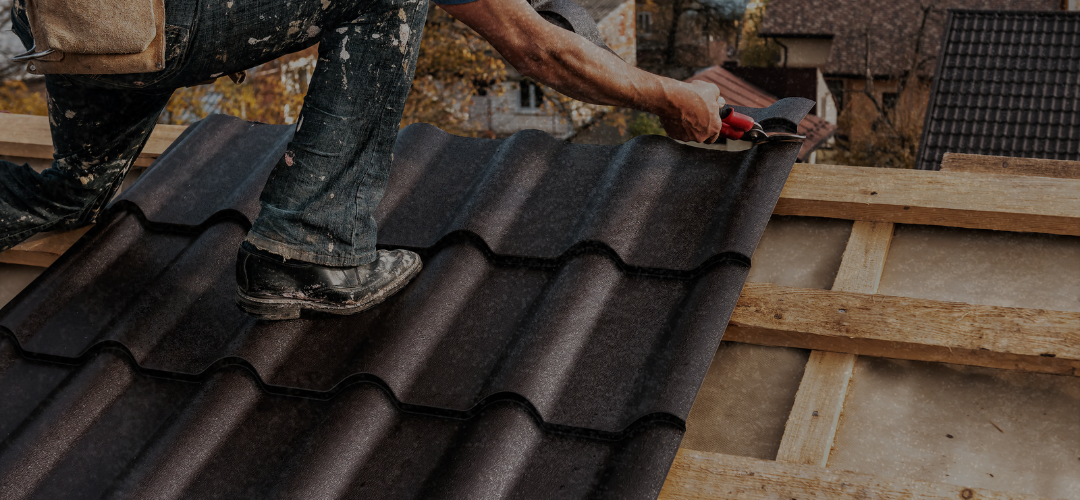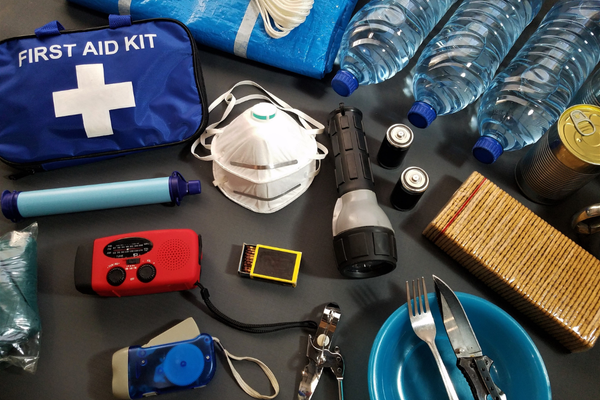Life can change in an instant. One minute you’re enjoying your morning coffee, and the next minute you’re staring at water damage from a burst pipe or smoke damage from an electrical fire. The reality hits hard – your home and belongings need immediate attention.
The overwhelming reality of post-disaster and renovation scenarios
Shock and confusion about what steps to take first
Worry about saving precious family photos and important documents
Stress over where to live while repairs happen
Questions about insurance coverage and claims
Fear of making the wrong decisions during an emotional time
Why proper packout and storage planning is crucial for recovery
Smart planning during this difficult time can mean the difference between saving your belongings and losing them forever. Emergency contents packouts near me become a lifeline when disaster strikes your Charlotte home.
Professional pack out services help protect your items while restoration work happens. Without proper planning, valuable belongings can get more damaged or even stolen during the chaos.
Overview of what this guide will cover
This guide walks through everything families need to know about packout and storage after disasters or major home projects. You’ll learn about different storage options, how to work with insurance companies, and what to expect during the entire process.
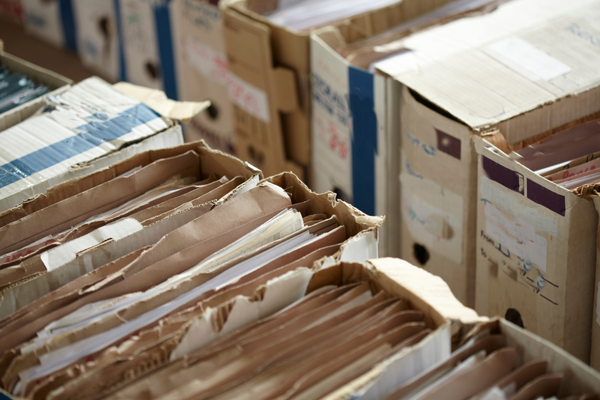
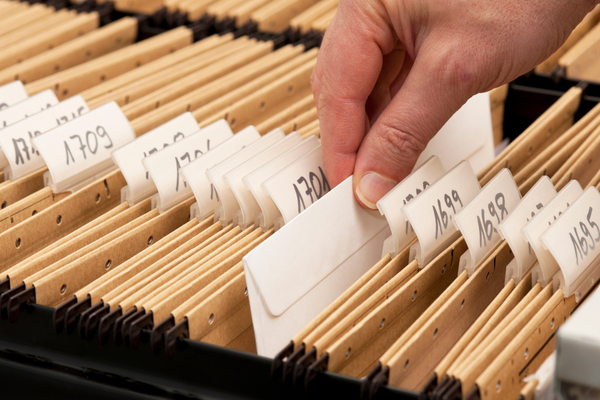
Understanding Packout Services: Your First Line of Defense
What is a packout? Definition and scope of services
A packout means professionally removing, cleaning, and storing your belongings when your home becomes unsafe or needs major work. Pack out companies handle everything from delicate china to heavy furniture.
The service includes:
- Careful removal of all salvageable items
- Professional cleaning and restoration when possible
- Secure packing using specialized materials
- Safe transportation to storage facilities
- Detailed inventory tracking of every item
When packout becomes necessary:
Fire damage scenarios Smoke and soot can damage items throughout your home, even in rooms far from the actual fire. Pack out restoration teams remove belongings quickly before more damage occurs.
Water damage situations Whether from flooding, burst pipes, or roof leaks, water damage spreads fast. Contents packout company services prevent mold growth and additional water damage to your possessions.
Mold remediation requirements Mold can grow on almost any surface. During mold removal, all contents must be removed from affected areas to allow proper treatment and prevent cross-contamination.
Major renovation projects Large home renovations create dust, fumes, and construction hazards. Storage for renovations keeps your belongings safe and gives contractors room to work efficiently.
The packout process timeline: What to expect from start to finish
Day 1-2: Emergency response and initial assessment
Day 3-5: Packing and removal of contents
Day 6+: Transportation to storage facility Ongoing: Regular status updates and inventory management Return: Coordinated delivery back to your restored home
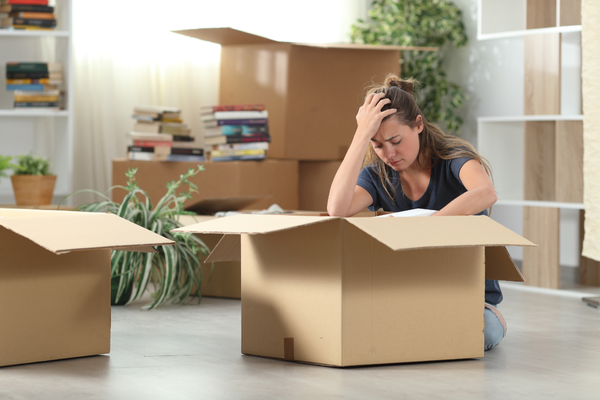
Pre-Packout Planning: Setting Yourself Up for Success
Immediate safety considerations before touching anything
Safety comes first. Never enter a damaged home without professional clearance. Water, electrical hazards, structural damage, and toxic substances can cause serious injury.
- Fire department clearance after fires
- Utility company approval for gas and electrical safety
- Structural engineer assessment if needed
- Environmental testing results for mold or asbestos
Documentation strategies:
Photography and inventory creation Take photos of every room and damaged areas before anyone touches anything. These photos become critical evidence for insurance claims.
Create a basic inventory list including:
- Room-by-room contents
- Serial numbers for electronics and appliances
- Approximate ages and purchase dates
- Any existing damage or wear
Insurance claim preparation Contact your insurance company immediately to report the claim. Ask about coverage for pack out services and temporary storage.
Working with adjusters and contractors Keep detailed records of all conversations. Get everything in writing, including approval for packout and storage expenses.
Priority item identification:
Irreplaceable personal items:
- Family photos and videos
- Important documents (birth certificates, passports, deeds)
- Heirloom jewelry and artwork
- Children’s special toys or blankets
- Military medals and awards
High-value belongings:
- Electronics and computers
- Expensive jewelry and watches
- Collectibles and antiques
- Professional equipment or tools
- Designer clothing and accessories
Daily necessities for temporary living:
- Clothing for all family members
- Medications and medical supplies
- Pet supplies and food
- School and work materials
- Personal hygiene items
Communication with family members and stakeholders
Keep everyone informed about the situation and decisions being made. Create a family communication plan including contact numbers for insurance, restoration company, and temporary housing.

The Packout Process: Step-by-Step Breakdown
Initial assessment and sorting:
Salvageable vs. total loss determination Experienced technicians evaluate each item to determine if restoration is possible. Some items may look damaged but can be successfully cleaned and restored.
Cleaning and restoration potential
Advanced cleaning techniques can save items that might seem hopeless. Smoke damage, water stains, and even some mold damage can often be reversed.
Hazardous material identification Trained professionals identify and safely handle dangerous materials like asbestos, lead paint, or chemical contamination that require special disposal procedures.
Professional packing techniques:
Proper materials and protective wrapping Professional pack out inventory includes specialized boxes, bubble wrap, acid-free tissue paper, and climate-controlled containers designed for different types of belongings.
Labeling systems for easy retrieval Every box gets labeled with detailed contents and destination room information. Digital tracking systems allow real-time inventory access.
Special handling for fragile items Artwork, electronics, and delicate items receive custom protection. Specialized crating may be used for extremely valuable or fragile pieces.
Transportation logistics to storage facilities
Professional moving teams use proper equipment and techniques to prevent additional damage during transport. Climate-controlled trucks protect sensitive items during the move.

Storage Solutions: Finding the Right Fit
Types of storage options:
Climate-controlled facilities These facilities maintain consistent temperature and humidity levels year-round. Perfect for electronics, photographs, musical instruments, and important documents.
Standard storage units Basic storage units work well for furniture, books, and items that aren’t sensitive to temperature changes. These units cost less than climate-controlled options.
Portable storage containers (PODS-style) Containers can be placed on your property for easy access during renovations. They offer convenience but may not provide climate control.
Warehouse storage through restoration companies Professional storage facility services often provide the highest level of security and specialized handling for restored contents.
Factors to consider when choosing storage:
Duration of storage needs Short-term storage (under 3 months) has different requirements than long-term storage (6+ months). Plan for realistic timelines with some buffer time.
Accessibility requirements
Consider how often you’ll need access to stored items. Some facilities allow 24/7 access while others have limited hours.
Security features Look for facilities with:
- 24-hour surveillance cameras
- Gated access with codes
- Individual unit alarms
- On-site security personnel
- Well-lit areas
Cost considerations: Monthly fees vary widely based on size, location, and features. Factor in the total cost over your expected storage period.
Location convenience Choose a facility reasonably close to your temporary housing or current home. This makes retrieving needed items much easier.
Short-term vs. long-term storage strategies
Short-term storage focuses on immediate needs and easy access. Long-term storage requires more careful organization and preservation planning to prevent damage over time.
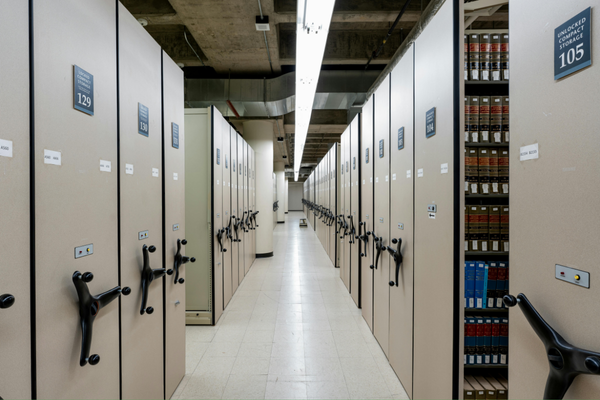
Specialized Storage Considerations
Climate-sensitive items:
Electronics and technology Electronics need stable temperature and humidity to prevent internal condensation and component damage. Professional restoration often includes data recovery services.
Artwork and photographs These items require acid-free materials and controlled environments. Light exposure, temperature swings, and humidity can cause permanent damage.
Musical instruments
Wood instruments are especially sensitive to humidity changes. String tension may need adjustment after storage.
Important documents, papers and books can develop mold quickly in humid conditions. Digital scanning before storage provides backup copies.
Large or unusual items:
Furniture and appliances Heavy items need proper support during storage. Appliances should be cleaned and prepared according to manufacturer guidelines.
Vehicles and recreational equipment Cars, boats, and RVs require specialized storage facilities with appropriate access and security measures.
Business inventory and equipment Commercial items may have different insurance requirements and need faster access for business continuity.
Hazardous or restricted items that require special handling
- Paint, chemicals, and flammable liquids
- Propane tanks and fuel
- Firearms and ammunition (special licensing required)
- Perishable foods and medications
- Plants and living materials
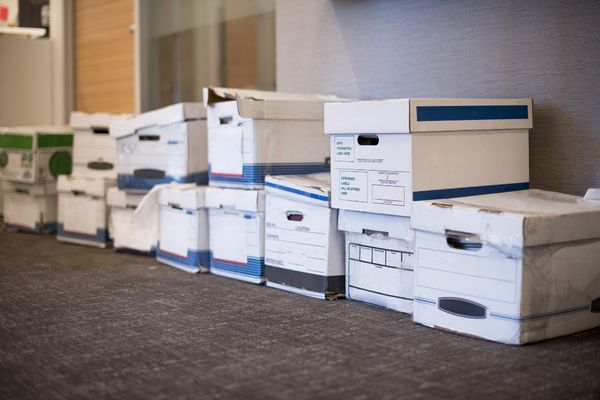
Managing Your Stored Belongings
Organization systems that work in storage
Create a master list with box numbers and contents. Use clear plastic boxes when possible so contents are visible. Store frequently needed items near the front.
Regular check-ins and maintenance schedules
Visit your storage unit monthly to check for problems like:
- Temperature or humidity issues
- Pest problems
- Water leaks or damage
- Security concerns
Inventory management:
Digital tracking systems Modern pack out inventory systems include photos and detailed descriptions accessible online 24/7.
Physical organization methods Number all boxes and create a map showing where items are located within the storage space. Keep high-priority items in easily accessible spots.
Update procedures as items are retrieved Mark items as removed and update your inventory immediately. This prevents confusion and duplicate searching.
Preparing for the return journey home
Start planning your move-back timeline several weeks before restoration completion. Schedule delivery during convenient times and prepare your home to receive items.
Working with Insurance and Restoration Companies
Understanding your coverage:
What packout and storage costs are typically covered Most homeowner’s policies cover reasonable packout and storage expenses during covered repairs. Review your policy details and ask specific questions.
Documentation requirements for claims Insurance companies require detailed receipts, photos, and inventories. Keep meticulous records throughout the entire process.
Timeline expectations and limitations Policies often have time limits on storage coverage. Understand these limits and plan accordingly.
Choosing the right restoration partner:
Credentials and certifications to look for:
- IICRC certification for restoration work
- Proper licensing and bonding
- Positive Better Business Bureau ratings
- Local references from recent customers
Questions to ask potential providers:
- How many years have you served Charlotte families?
- What is your average response time for emergencies?
- Do you provide detailed written estimates?
- How do you handle insurance company communications?
Red flags to avoid:
- Door-to-door solicitors after disasters
- Companies demanding full payment upfront
- No local address or references
- Pressure to sign contracts immediately
Maintaining communication throughout the process
Regular updates help reduce stress and prevent problems. Expect weekly status reports and don’t hesitate to ask questions about your belongings.

The Return Process: Bringing Your Life Back Home
Timing your return with restoration completion
Coordinate packout return delivery with final restoration work completion. Schedule delivery after final cleaning but before you move back in permanently.
Unpacking strategies for efficiency and safety
- Unpack essential items first (bedroom, bathroom, kitchen basics)
- Check each item against your inventory list
- Take photos of any new damage discovered
- Report problems immediately to your restoration company
Quality checking returned items
Inspect cleaned items carefully. Professional restoration should return items in pre-loss condition or better. Report any concerns promptly.
Final documentation and claim closure
- Get written confirmation that all services are complete
- Review final invoices carefully before payment
- Keep all documentation for tax and warranty purposes
- Close insurance claims only after you’re completely satisfied
Lessons learned for future preparedness
Use this experience to improve your emergency preparedness. Update home maintenance schedules and review insurance coverage annually.
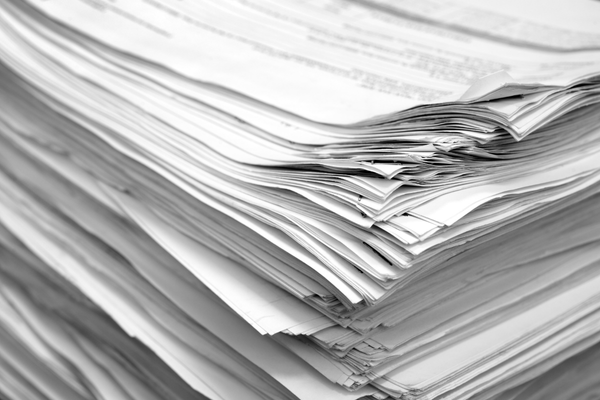
Prevention and Preparedness for the Future
Home maintenance to prevent future disasters
- Check smoke and carbon monoxide detector batteries monthly
- Inspect plumbing connections and water heater annually
- Clean dryer vents and HVAC systems regularly
- Maintain trees and landscaping to prevent storm damage
- Schedule professional electrical inspections every few years
Emergency preparedness kits and planning
Create emergency kits including:
- Important documents in waterproof containers
- Emergency contact lists
- Basic tools and supplies
- First aid materials
- Flashlights and batteries
Important document storage and backup strategies
- Scan important documents and store copies off-site
- Use fireproof safes for original documents
- Consider bank safety deposit boxes for extremely important items
- Keep digital backups in cloud storage
Insurance review and coverage optimization
Review your homeowner’s policy annually with your agent.
Consider additional coverage for:
- Increased dwelling costs due to building code changes
- Extended replacement cost coverage
- Valuable items that exceed standard policy limits
Creating a household inventory before you need it
Document your belongings while everything is normal:
- Photo every room from multiple angles
- Record serial numbers for electronics and appliances
- Keep receipts for major purchases
- Update your inventory when you buy new items
Content Restoration Services has helped Charlotte families for over 25 years, and we’ve learned that preparation makes recovery much smoother.
Conclusion:
Professional packout and storage services provide peace of mind during difficult times. The right planning and partnerships can save both belongings and sanity.
Remember these important points:
- Safety always comes first – never enter damaged areas without clearance
- Documentation is critical for insurance claims and tracking belongings
- Professional pack out services are usually covered by insurance
- Climate-controlled storage protects valuable and sensitive items
- Regular communication prevents problems and reduces stress
The importance of professional partnerships
Working with experienced restoration professionals makes the entire process smoother. Local companies understand Charlotte’s specific challenges and insurance requirements.
Building resilience for whatever comes next
Every family faces unexpected challenges. The lessons learned from disaster recovery make families stronger and better prepared for future difficulties.
Resources for ongoing support and information
Content Restoration Services provides ongoing support even after restoration work is complete. Our team remains available to answer questions and provide advice for future preparedness.
Disasters and major renovations disrupt normal life, but they don’t have to destroy what matters most. With proper packout and storage planning, families can protect their belongings and focus on moving forward.
The key is acting quickly, choosing experienced professionals, and maintaining good communication throughout the process. Contact our experienced team to learn more about how we can help protect what matters most to your family.
Storage containers for home renovation and emergency packout services provide the foundation for successful recovery. When disaster strikes your Charlotte home, remember that help is available and your belongings can be protected with the right approach.


